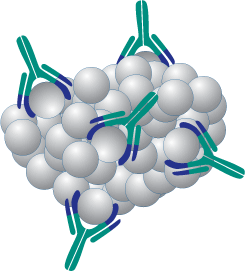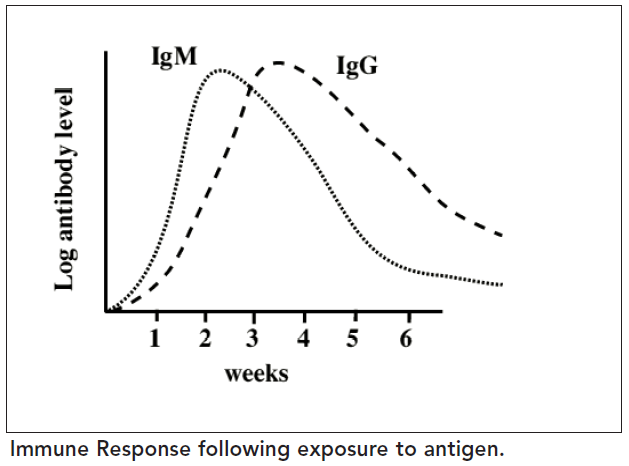How do Immunization Vaccines Work ?
The Way the Body’s Immune System Works

When germs, also known as pathogens or antigens, invade the human body, the immune system deals with them by producing protective cells and small molecules called ‘antibodies’. The body’s immune response is often slow to respond and as a consequenec we get sick. After the infection, however, the immune system remembers how to make the antibody so if our bodies come into contact with the same pathogen again the immune system responds quickly and usually deals with it before we can get sick.
Vaccines in a Nutshell
Immunizing Vaccines work in the same way by tricking the body into believing it is experiencing a full-scale invasion by an infectious agent so that the immune system can fortify its defenses. During vaccination, a harmless version of a germ is introduced into the body and the immune system responds by producing antibodies to attack the intruder. Thereafter, a memory of this “invasion” remains so that the immune system can quickly recognize and neutralize disease-causing agents when they appear for real.
What do Antibodies Contribute to the Immune System?
Antibodies neutralise toxins, block adhesion/cell entry of the germ and kill the germs by producing a complement. Different types of antibody are produced at different time periods and by different body systems.
Antibodies are germ specific and cannot cross protect e.g. a measles antibody cannot protect against meningococcal disease etc.
There are five different types of antibodies namely IgM, IgG, IgA, IgD and IgE antibodies, of which IgM and IgG are considered the most important.
The primary immune response develops in the weeks following exposure to an antigen and is mainly IgM antibody. It is made by cells in lymph nodes, spleen and bone marrow and circulates in the blood and lymphatic system. IgM antibodies activate the complement system. IgM antibodies have a short half-life (5 days).
The secondary immune response is faster and more powerful and is predominantly IgG antibody. It is made in lymph nodes, spleen and bone marrow. The IgG antibody is smaller than IgM and its half life is about 3 weeks. It also passes through the placenta from mother to baby giving the baby antibodies to which the mother is immune.
Although the life of antibodies is short the body remember show to produce them so that when the body is re-infected it’s response is much quicker, quick enough to ‘nip the infection in the bud’ before it can develop.
What’s in Vaccines?
Vaccines contain either:
- a very small dose of a live, but weakened form of a virus;
- a very small dose of killed bacteria or virus or small parts of bacteria; or
- a small dose of a modified toxin produced by bacteria.
Vaccines may also contain either a small amount of preservative or a small amount of an antibiotic to preserve the vaccine.
Some vaccines may also contain a small amount of an aluminium salt which helps produce a better immune response.








You must be logged in to post a comment.